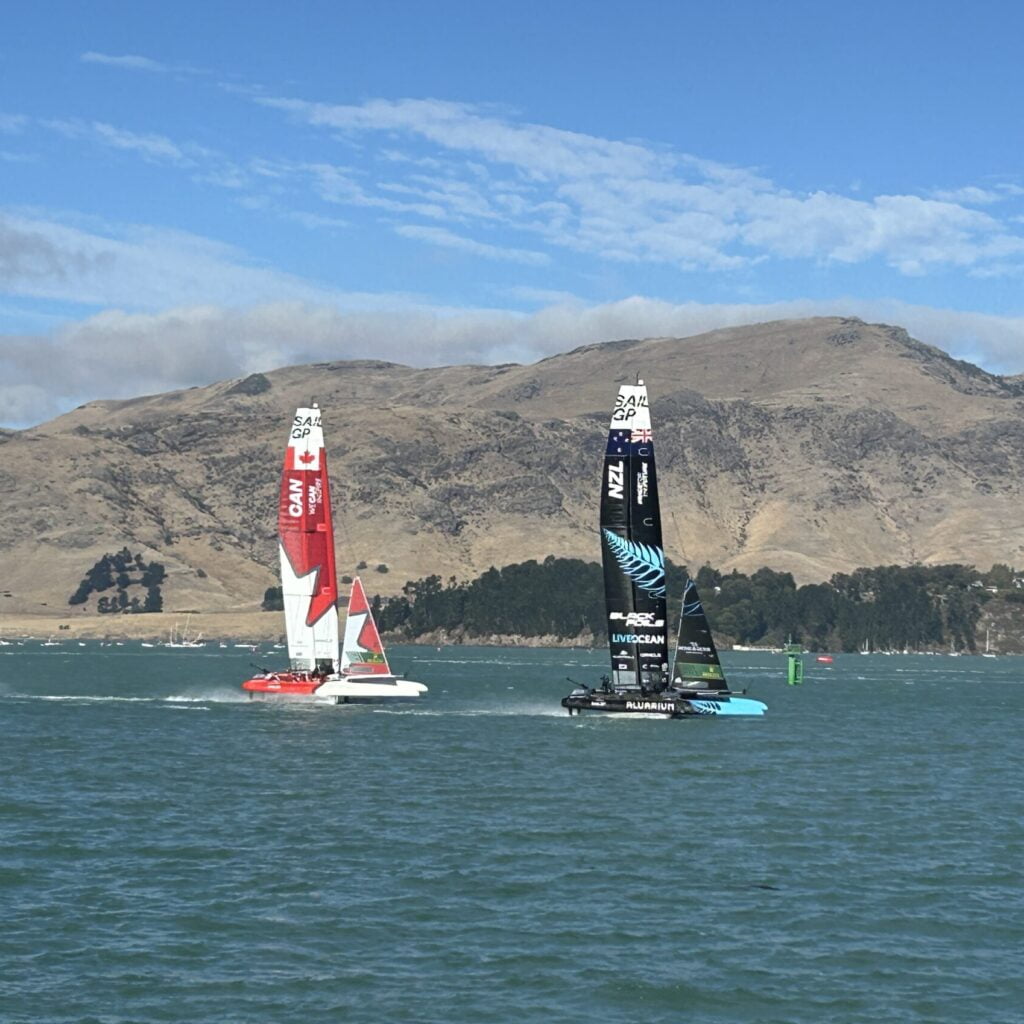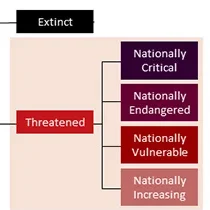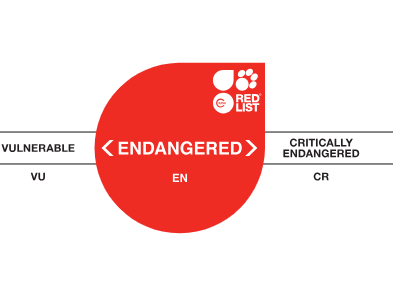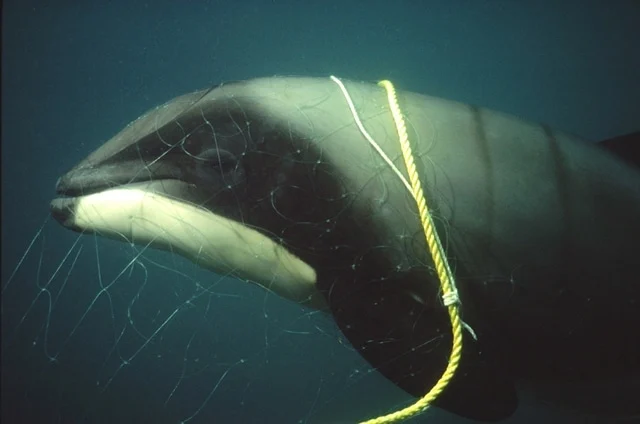In the wake of the recent SailGP event held in Lyttelton, a critical conversation has emerged regarding the intersection of human activities and marine conservation. Following the cancellation of racing this past Saturday due to the sighting of Hector’s Dolphin in their home territory, Lyttelton Harbour, also known as the race course, the dolphins have found themselves at the heart of a heated controversy.
The disruption is the second of its kind, with a delay in last year’s racing, and has sparked many different reactions, notably from Sir Russel Coutts, a key figure in the SailGP community, and Professor Liz Slooten, a devoted advocate for the Hector’s Dolphins and zoology professor.
The Controversy
The issue arose when the much anticipated SailGP race was initially delayed due to the unexpected (or, depending on who you ask, completely expected) presence of Hector’s Dolphins in the middle of the race course. Race organisers resorted to the Marine Mammal Management Plan (MMMP) to make a call. The MMMP was originally created for the 2023 event with input from an advisory committee including representatives from DOC, LPC, Ngāti Wheke and Black Cat CEO, Paul Milligan.
The plan outlines a series of carefully considered actions and policies to refer to if dolphins appeared in the harbour, including the establishment of alert zones around the race area, the use of trained observers both on-water and land-based to ensure real-time reporting, and, if necessary, the delay or complete shutdown of racing activities to avoid any potential harm. Consequently, officials cancelled the racing as the dolphins remained in a high-risk zone and did not move away as they had the previous year.

Unsurprisingly, many people were disappointed with the outcome on Saturday. The Department of Conservation (DOC) and Ngāti Wheke responded quickly, expressing their own disappointment at the cancellation of the event but reiterating their unwavering commitment to safeguarding the Hector’s Dolphins.
Conservation Status Dispute
Amidst the backlash and frustration, Sir Russell Coutts has challenged Liz Slooten’s classification of Hector’s Dolphins as endangered. Slooten quickly responded, justifying her classification with reference to the assessment made by the International Union for Conservation of Nature (IUCN), a global organisation.
There is indeed a slight contradiction between the IUCN and DOC’s classification of the Hector’s Dolphins. DOC labels the dolphins as Nationally Vulnerable rather than Nationally Endangered. The difference? Very little. See DOC’s definitions below:
- Nationally Vulnerable: facing a high risk of extinction in the medium term.
- Nationally Endangered: facing a high risk of extinction in the short term.
What constitutes short- and medium-term is unspecified. So, let’s all agree that it doesn’t matter what label you want to put on them – at the end of the day, Hector’s Dolphin still face extinction.

Department of Conservation Classification
Nationally Vulnerable: facing high risk of extinction in the medium term.

IUCN Classification
Rd List – Endangered
Legal and Ethical Obligations
The controversial decision to cancel the racing was ultimately unavoidable by law. The decision was grounded in the legal obligations under the Marine Mammals Protection Act of 1978, which strictly prohibits boats travelling at high speeds within 300m of dolphins and activities that could harass or disturb marine mammals.
The presence of Hector’s dolphins in the race area heightened the potential for violating the Marine Mammals Protection Act and raised ethical concerns about prioritising human entertainment at the potential cost of jeopardising wildlife.
By cancelling the racing, SailGP organisers not only demonstrated a commitment to the legal and ethical standards for protecting marine life but also faithfully adhered to the MMMP they helped establish. Andrew Thompson, SailGP Managing Director, regarded the MMMP as “an industry-leading example of SailGP’s commitment to the environments in which we operate.”
Threat to Hector’s Dolphin
For decades now, there has been increasing concern about the threat facing Hector’s dolphins. Their numbers have dropped dramatically from about 70,000 in the 1970s to only 15,000 now— Liz Slooten credits human activity, especially fishing, for the sharp population decline.
There has been much discussion regarding the New Zealand government’s choice to only take more serious measures if there are 20 dolphin deaths by fishing nets per year near the Banks Peninsula and 49 in total around the East and South Coasts of the South Island. This policy is part of the Threat Management Plan (TMP), which ambitiously aims to recover the dolphins to 90% of their historical numbers, explicitly targeting an 80% recovery around the Banks Peninsula. However, the absence of a defined timeline and solid action for this recovery has been criticised for its lack of realism and accountability, diluting the plan’s potential efficacy.

Image courtesy of NZ Whale and Dolphin Trust
In response to the dire situation Hector’s dolphins face, Fisheries New Zealand has introduced cameras on commercial fishing vessels to enhance transparency and accountability in the fishing industry. These devices have helped reveal the actual bycatch rate, including ten dolphins killed by set nets or trawlers in just 9 months. This is in contrast to just four net deaths in the prior 12 months. Does this confirm previous concerns about the willingness of fishermen to report dolphin captures accurately? There have already been instances where fishermen have underreported captures, with the truth only being revealed through video review.
The Takeaway
The creation and implementation of the MMMP by SailGP, in collaboration with environmental experts and local iwi, exemplifies a proactive and responsible approach to wildlife conservation in the context of human activity. Though disappointing for fans and participants alike, cancelling a day’s racing underscores the success of the MMMP and SailGP’s commitment to the environment and wildlife. It is a testament to the fact that, when confronted with the choice, priority was rightly given to the welfare of these dolphins over the spectacle of the race.
While opinions may vary on matters, such as if the races should have been cancelled or the specific conservation status of Hector’s dolphins, the fundamental issue remains clear: Hector’s dolphins are facing extinction, and more action is needed to help them.
